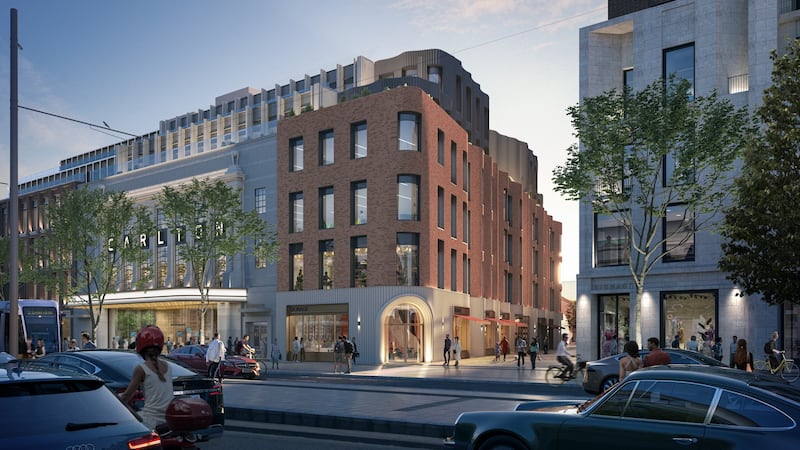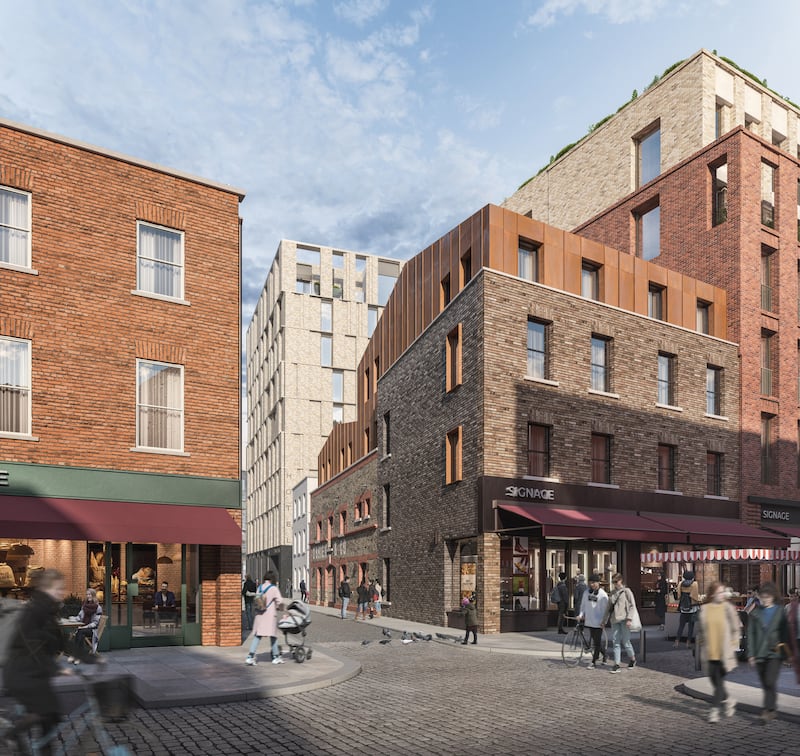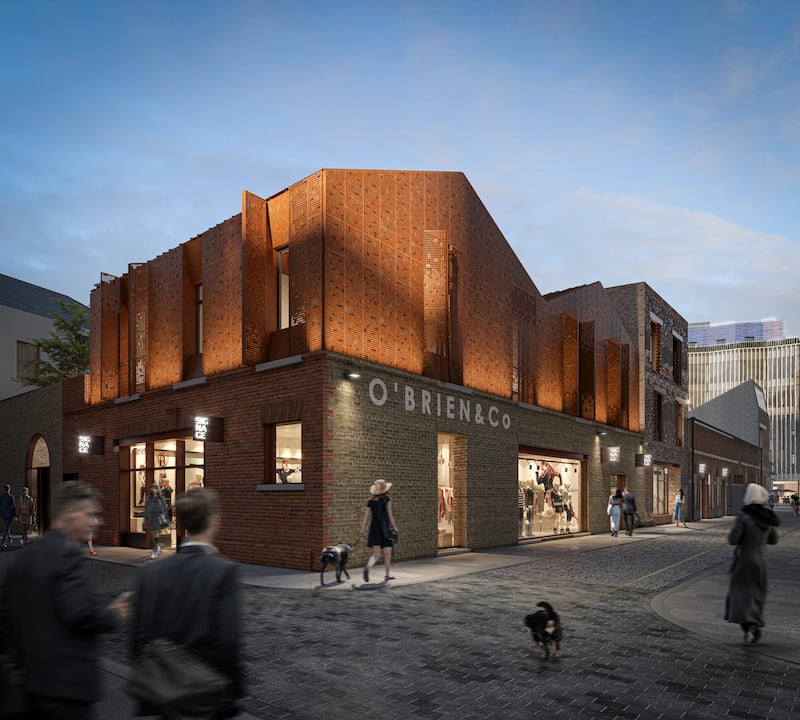Long-awaited plans to regenerate one of Dublin's most notorious neglected sites, the 5.5-acre plot stretching from O'Connell Street to Moore Street, have finally been lodged with Dublin City Council.
UK property group Hammerson is seeking permission for a mixed retail, office and residential scheme on the large north inner city block formerly known as the Carlton site, parts of which have lain vacant and derelict for more than 40 years.
If planning permission is granted, construction is expected to begin in 2023 and be completed in 2030.
Hammerson two years ago decided to scrap the existing 2010 planning permission for a €1.25 billion enclosed shopping complex on the site which runs west from O’Connell Street to Moore Street, and north of Henry Street to Parnell Street.
Instead it plans a more open scheme which will restore the historic street pattern, and will include a new east-west pedestrian street between O’Connell Street and Moore Street, two new civic squares, shops, offices, apartments, hotels and an underground station for the new Metrolink rail line.

The plans from architect by Friedrich Ludewig of Acme, working with Irish firms Grafton, RKD and MOLA differ from the concept designs produced by Acme two years ago.
Gone is the dramatic canopy of tall lily-pad-like structures to shelter the new pedestrian street, leading from O’Connell Street, from the elements, in favour of a fully-open street.
The quantum of retail planned is also significantly reduced from the 2019 proposal of 23,500sq m. The new plan will have just 8,000sq m of shops restaurants and cafes, with 44,000sq m of office space, 210 hotel rooms and 94 apartments.
Initial application
The applications are being submitted in phases, with three out of six applications submitted on Tuesday morning and more to follow in the coming months. The initial applications focus on lands situated on the west side of the site and include residential, hotel, retail, restaurant and café and cultural uses.
The company said the site's heritage will be "retained and celebrated" with a new archway on Moore Street to commemorate the Easter Rising, for which the 1916 Relatives Association has suggested names. All "pre-1916 buildings and fabric along Moore Street" will also be retained, the company said.

In 2018 the Court of Appeal overturned a declaration that buildings on and around Moore Street, part of the Hammerson site, constituted a national monument following a case taken by the State.
State-owned buildings at 14-17 Moore Street remain national monuments and are due to be developed separately as a 1916 Rising Commemorative Centre, a project expected to cost at least €16.25 million.
The site was for years known as the Carlton site as originally it just encompassed the old Carlton cinema, the plot beside it that had been vacant since 1979, and some backlands between O’Connell Street and Moore Street.
Cinema restoration
As part of the new scheme, the facade of the old cinema will be restored, though the cinema itself will not be retained in situ. Three protected structures, 42 O’Connell Street - the last remaining Georgian house on the street, O’Connell Hall at the back of No 42, and Conway’s pub, will also be restored.

Taoiseach Micheál Martin on Tuesday welcomed the plans which he said would “enhance the status of O’Connell Street” and increase visitors to the area.
“Government has already allocated significant funding to complete the conservation of the State owned buildings at Nos. 14 -17 Moore Street and to create new visitor and exhibition facilities to the rear. As the plans for Dublin Central develop it is important to continue to liaise with the street traders and those concerned with heritage conservation,” he said.
A Government appointment advisory group on the future of the street last month recommended a once-off compensation payment should be made to the last remaining traders on the street who would not be able to operate their stalls once development starts.
The Moore Street Advisory Group, chaired by academic Tom Collins, and which included traders' representatives and relatives of those involved in the Rising, had said there was "not universal support" for all aspects of Hammerson's plans for the street, but there was a "broad welcome" for how they had evolved from the earlier shopping centre proposal, the group said.
There were “members who feel that the heritage considerations in the plan are a gesture toward history but do not go far enough” Mr Collins said.
Businesses who operate shops on the street have also expressed concern about their prospects for survival, particularly during the long construction phase of the development.








